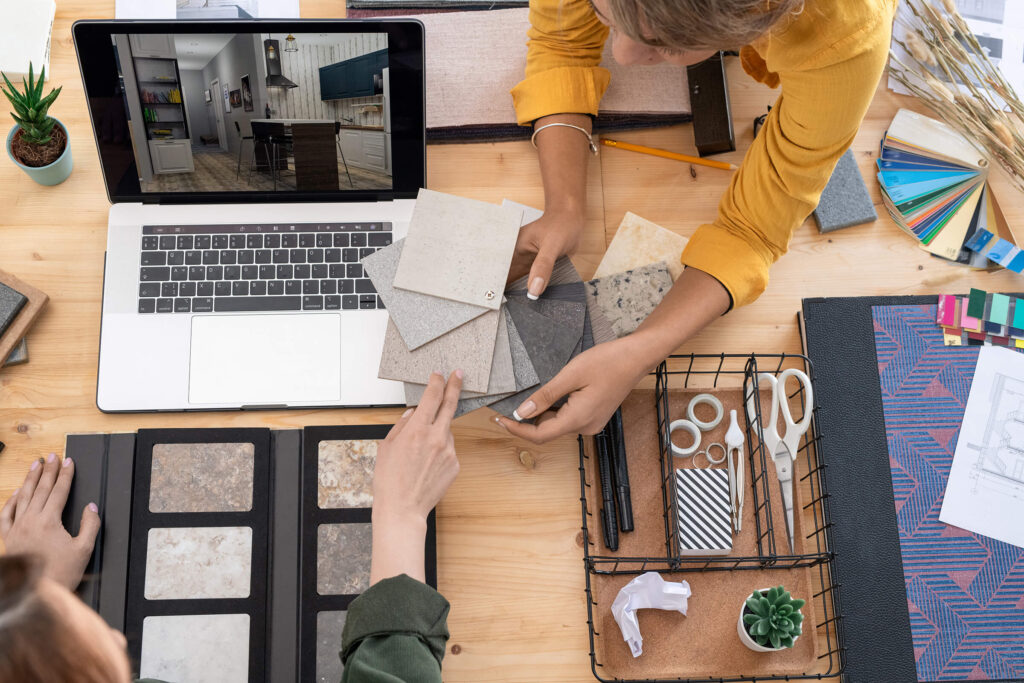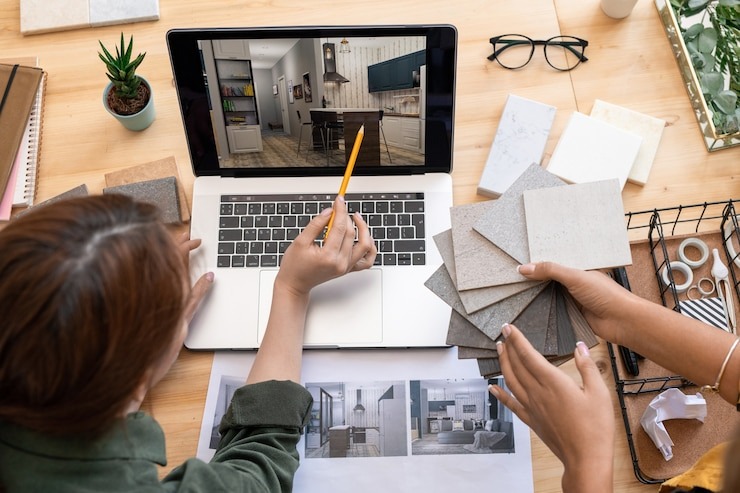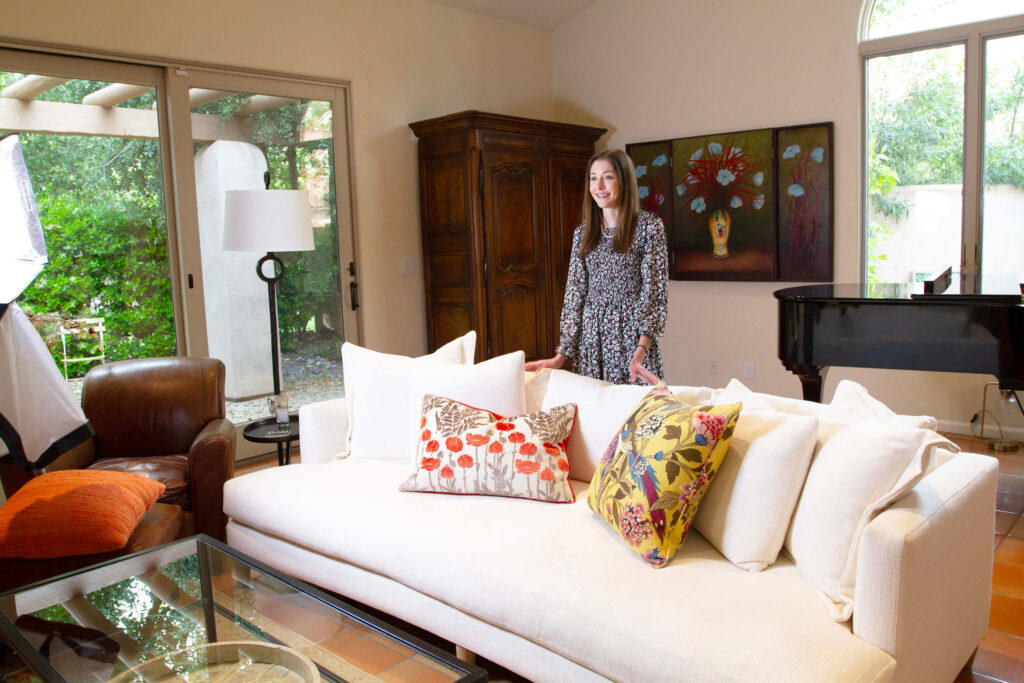
Have you walked into a space that instantly made you feel calm, inspired, or right at home? That’s not just good luck—it’s the power of thoughtful interior design. From cozy homes to modern offices and luxurious hotels, interior designers shape the way we experience spaces every day.
But what do interior designers actually do?
It’s a question many people ask—and the answer goes far beyond choosing paint colors and throw pillows. Interior designers blend creativity with function, style with purpose, and vision with structure. They’re the quiet force behind beautiful, practical spaces that work for the people living and working in them.
In this blog, we’ll take a closer look at what interior designers really do, the process they follow, and why hiring one might be the smartest design decision you’ll ever make.
At their core, interior designers are professionals trained to design and enhance indoor and outdoor living spaces. But their work goes far beyond aesthetics. They balance creativity with technical knowledge to create environments that are both functional and inspiring. Interior designers collaborate with clients, architects, contractors, and vendors to bring a cohesive vision to life—whether it’s for a home, office, retail space, or hospitality setting.

Designers often hold formal education and certifications in space planning, color theory, materials, lighting, building codes, lighting design and ergonomics. This allows them to make informed decisions that blend beauty with practicality.
Interior design is the thoughtful planning and execution of interior and outdoor spaces to meet both aesthetic and functional needs. Interior designers don’t just decorate—they transform. Their role blends creativity, architectural knowledge, space planning, material science, and project management. Interior designers wear many hats. Their responsibilities typically fall into the following categories:
Every project begins with understanding. Interior designers start by learning about the client’s needs, preferences, lifestyle, and goals for the space. This includes:
This phase helps the designer craft a concept that’s not just stylish—but deeply personal.
Space planning is a foundational step in the design process. Designers evaluate the layout of a room or building and decide how to arrange elements for flow, comfort, and function. This includes:
Effective space planning can make even the smallest areas feel open and inviting.

Once the layout is established, designers begin developing a visual identity for the space. This includes:
The concept phase ensures the space aligns with the client’s personality or brand.
Designers help select every surface and finish in a room, from the floors to the ceilings. They consider durability, budget, maintenance, and design cohesion when choosing:
These decisions define the atmosphere and longevity of a space.
Interior designers guide clients in selecting and sourcing furniture, lighting, decor, and artwork. Their goal is to ensure each piece contributes to the overall look and functionality of the room. They often:
Interior designers act as project coordinators, collaborating with builders, electricians, painters, and other professionals to bring the vision to life. They:
This streamlines the renovation or building process, saving the client time and stress.
From budgeting to scheduling, interior designers manage all the moving parts. A good designer keeps the project organized and on-track by:
This all-in-one approach allows clients to enjoy the creative journey—without the chaos.
Also read: Why Hire an Interior Designer?
Interior designers aren’t limited to a single type of space. They work across a variety of industries and settings, such as:
Designers tailor their approach based on the function, audience, and emotional impact of the environment.
At Tower Design, we believe great design is about more than aesthetics—it’s about creating spaces that feel like you. Whether you're building your dream home or reimagining a workspace, our team brings experience, creativity, and a deeply personalized approach to every project. From planning and material selection to styling and final installation, we’re here to turn your vision into something real, functional, and stunning.

Tower Design is a full-service interior design firm known for its collaborative process, client-first philosophy, and refined design execution. Based in Los Angeles, the San Francisco Bay Area, and Scottsdale AZ, we specialize in residential and commercial interiors that blend function, personality, and timeless style.
Interior designers do much more than make a space look good—they make it live well. From spatial flow and functionality to aesthetic cohesion, their expertise adds structure to creativity and ease to complexity.
If you're considering a renovation or building a new space, an interior designer could be your most valuable partner. And if you’re looking for professionals who blend global design sensibility with local experience. At Tower Design, we don’t just design spaces—we design experiences. Let’s create something unforgettable together.
📞 Reach out to schedule a consultation and start the journey toward a space that truly feels like yours.
Interior designers focus on both the functionality and aesthetics of a space, often drawing plans and working closely with architects and contractors. Interior decorators primarily focus on styling and furnishing spaces without structural changes.
Yes, interior designers can bring value even to small spaces. They can help you optimize layout, choose cohesive colors and materials, and avoid costly mistakes—regardless of project size.
Typically, it involves initial consultations, concept development, design planning, material selection, coordination with contractors, and final installation. The process may vary slightly by firm or project.
Designers consider many factors—natural light, room size, usage, client preferences, and design trends—to select materials and palettes that suit the space and lifestyle.
Ideally, involve them as early as possible—especially for renovations or new builds. Early input helps align design vision with structural decisions and saves time and money down the line.